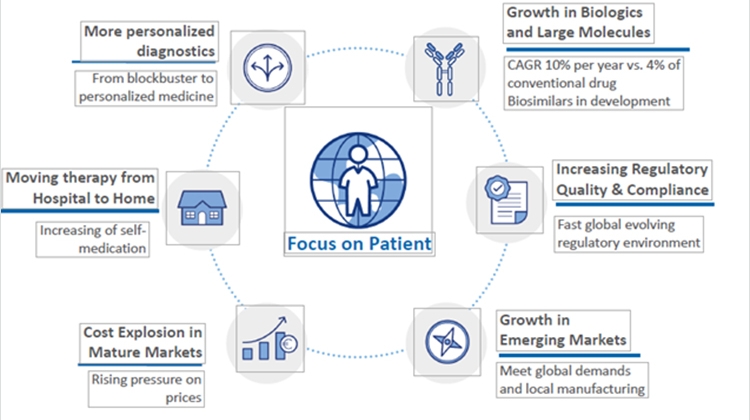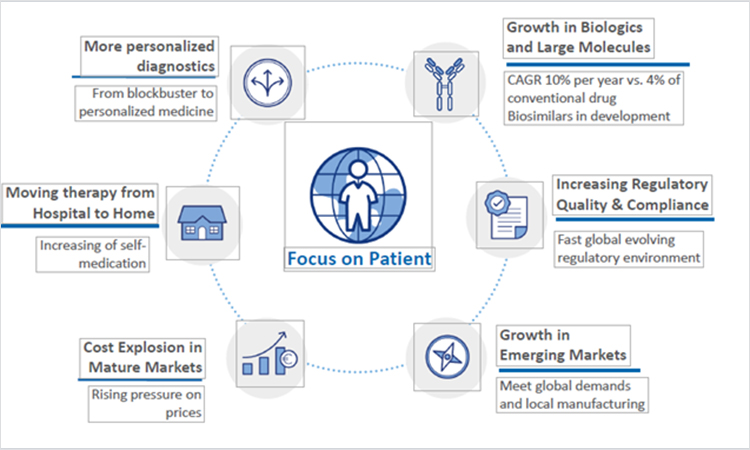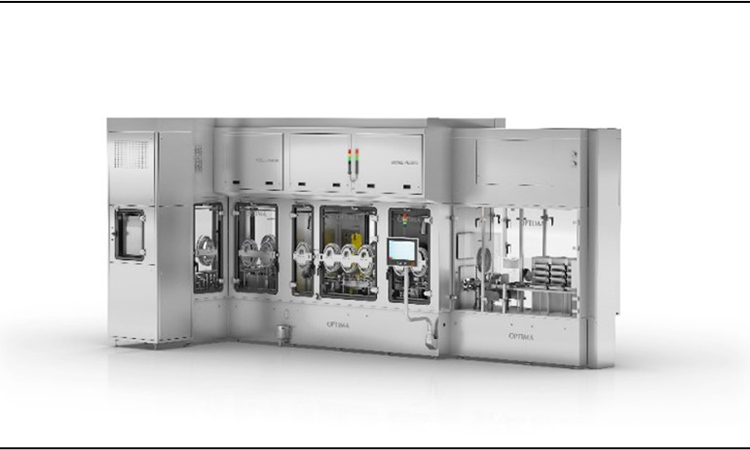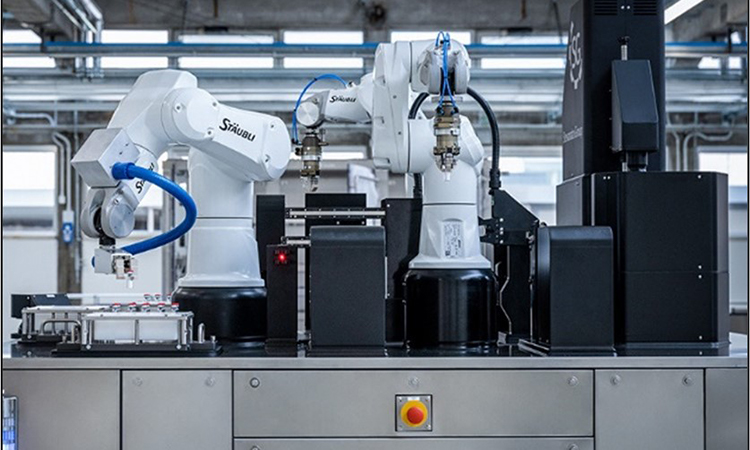Over the last few years, there has been enormous growth in the Cell & Gene/Advanced Therapy Medicinal Products market, largely in part thanks to world-class research institutions, an abundance of life science talent, a remarkable transportation infrastructure including cold chain supply, an immense development square footage of lab space, and world-class hospital systems. However, none of these moving parts could be possible without life science companies realizing their “aha moment,” that collaboration and innovation were necessary to achieve the end goal – to lead the world in delivering therapies to patients.
Last year, I decided to join the ISPE Aseptic committee with one objective in mind, to give back to the Biopharma community that supported me throughout my career. On March 14th, 2022, I have the opportunity to facilitate an industry panel of experts during the ISPE Aseptic Conference in Bethesda, MD on, Overcoming the Biggest Challenges in C&G/ATMPs.
I am honored to facilitate this lively panel discussion centered around trends and challenges facing the overall C&G/ATMP industry and the novel strategies each company is implementing to overcome these obstacles. Experts from leading life sciences companies will discuss the importance of collaboration to overcome current issues facing the industry, specifically, talent, know-how, equipment, consumables necessary to run GMP processes, and access to development and manufacturing capacity.
The panel discussion is a great way to end day one of this ISPE Aseptic Conference by reflecting on all previous sessions and walk away with ideas that could be used as catalysts to advance the future of C&G/ATMPs development. In addition, I expect the panel discussion will dive into the following engaging and super relevant topics: engaging and super relevant topics:
Facilities and equipment design considerations to promote scalability and flexibility
When designing a new manufacturing facility, it’s critical to not only consider current manufacturing needs, but also look beyond the project life cycle. Traditionally, process architects and engineers focus heavily on current product pipelines and requirements during the Basis Of Design (BOD) phase. If we learned anything from the current pandemic, it is that we must be more prepared for and willing to anticipate the unexpected. Therefore, business continuity planning and site master programming become a prerequisite to the basis of the design phase.
I have worked in the Contract Development Manufacturing Organization (CDMO) sector for ten years, and I learned that flexibility and adaptability are essential to surviving the cyclical nature of the business to meet customer needs. This was well-demonstrated by most CDMOs during the recent pandemic: they exhibited the ability to respond in an unprecedented timeline to supply COVID19 vaccines and therapies. One of the design elements that I have adopted in recent years is a modular structure model and accompanying equipment that enables flexibility and scalability. For example, using pre-cast concrete building structures and clean room modular walls significantly reduce structural steel needs and project timelines while simultaneously providing flexibility to modify room layout and/or expand without a major disruption to the existing infrastructure/operation. It’s a simple yet effective way to scale up/out to meet capacity needs or retrofit a manufacturing area to handle a new product classification. to scale up/out to meet capacity need, or to retrofit a manufacturing area to handle a new product classification.
Designing facilities and equipment to handle multi-product could be slightly more costly upfront. Still, the return on investment is well worth it, especially for companies with a diverse product pipeline, CDMOs, and/or supporting C&G/ATMPs products that require different containment levels/classifications..
New innovations and technologies that would speed up the manufacturing process and reduce variabilities
The Biopharma industry has made some great strides in the last few years in Single Use Systems (SUS), robotic applications, Ready-to-Use (RTU)/Pre-sterilized components, and the use of Computational Fluid Dynamics (CFD) to simulate and optimize processes. However, the digital transformation is paramount to advancing our industry to the leading edge of technology. Digitalization, coupled with Artificial Intelligence (AI), is the key to improving Overall Equipment Effectiveness (OEE), reducing human interventions, and achieving process autonomy., reducing human interventions, and achieving process autonomy.
While I haven’t seen any great breakthroughs yet in AI, there are a few examples where AI is evident in robotic small scale aseptic fillers or small scale fully automated inspection machines that can process multiple configurations suitable for C&G/ATMP applications.















